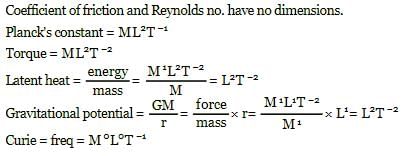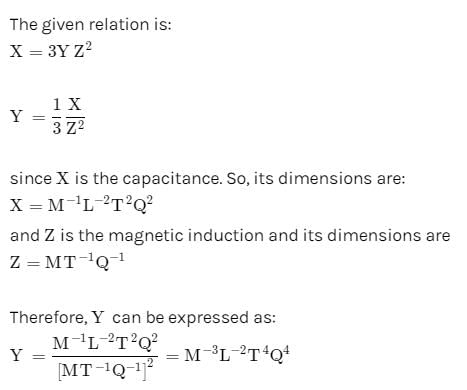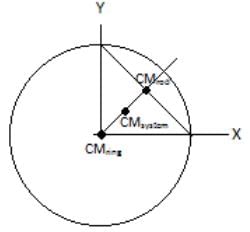Practice Test - NEET MCQ
30 Questions MCQ Test - Practice Test
The pairs of physical quantities that do not have the same dimensions:
a) Reynold's number and coefficient of friction
b) Latent heat and gravitational potential
c) Curie and frequency of light wave
d) Planck constant and torque
b) Latent heat and gravitational potential
c) Curie and frequency of light wave
d) Planck constant and torque
In the formula X = 3YZ2, X and Z have dimensions of capacitance and magnetic induction respectively. What are the dimensions of Y in MKSQ system ?
[JEE-1995,2/100]
An object comprises of a uniform ring of radius R and its uniform chord AB (not necessarily made of the same material) as shown. Which of the following can not be the centre of mass of the object.

In which of the following cases the centre of mass of a an rod is certainly not at its centre ?
The velocity of a particle moving with simple harmonic motion is____ at the mean position.
The level of contamination of chloroform was found to be 15 ppm. It means 15 g of chloroform is present in how many grams of solution?
Mole fraction of glycerine, C3H5(OH)3 in a solution containing 36 gm of water and 46 gm of glycerine is:
What is the mass of NaCl required to prepare 0.5 liters of a 2.5 molar solution of NaCl?
The molarity of a solution obtained by mixing 750 ml of 0.5(M) HCl with 250ml of 2(M) HCl will be?
The inner membrane of mitochondria thrown into folds to form finger like structure is called
Which of the following statements with reference to cytoskeleton is not correct?




















